Typically cute animals - dogs and cats - are wonderful. Even my forest friendly self has to admit that. But what’s cooler than the unconventionally cute creatures of the forest? Especially the forests of Madagascar, one of the biodiversity hotspots of the world, where there are hoards of undiscovered species, and some of the strangest creatures in the world. Check out my favorites:
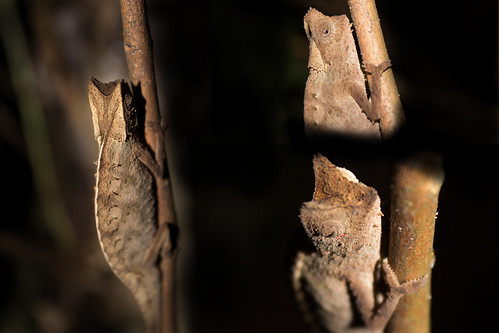
This, as you can see, is a chameleon. However, this belongs to a special family of chameleons, the brookesia. This little guy is about the size of my pinky, tail included. But don’t be fooled, this guy is fierce, and spiky all over. There’s recently been a boom in the popularity of brookesia. This particular species is well known for its escape mechanisms. Just like we learn in kindergarden, they use the stop, drop, and roll, and they use rapid full body vibrations to scare away any threats.

As a native New Yorker, rats are usually not my favorite animals. When I think of rats, the image that comes to mind is the 5 pound subway rats that run around sketchily in the shadows of our underground. This cutie is unlike those in a few ways. He likes to live above ground, scrambling around the forest up to 1.5 meters above the ground, clutching to vines for his little life. He also fits into my palm, he’s wide eyed and adorable, and he posed for these shots! Model-status.
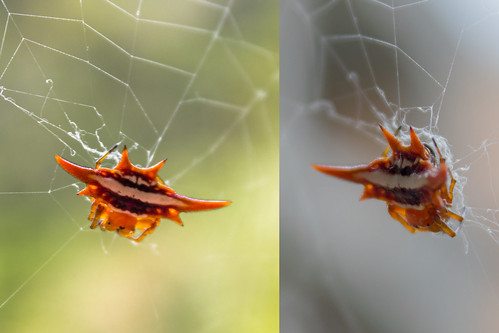
Just like rats, spiders seem to get a bad rap too. I wouldn’t want to go near this one (look at those spikes, ouch!), and getting close enough to take those photos was a pure feat of bravery. Despite his spiky exterior, or rather, because of his spiky exterior, this may be one of the coolest spiders ever seen. Oh, the wonders of speciation! These guys have adapted over, well, forever since Madagascar’s separation from the fabled Godwanaland (the collection of all the continents now floating about the surface) about 165 million years before present.
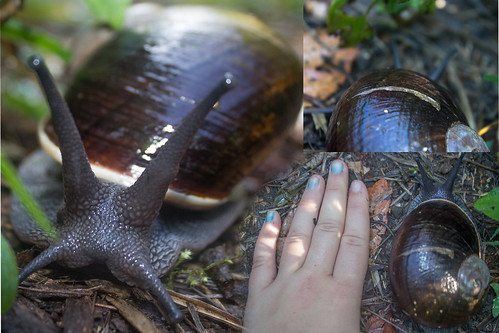
This snail too, is the effect of millions of years of evolution. It’s also a byproduct of something called the ‘island effect.’ On islands, like Madagascar, the home of this snail, over long periods of time, (on an evolutional scale, meaning millions of years) small creatures will scale themselves up, and large creatures will become smaller. This giant snail is obviously much adapted from the snails in my part of the world, and is an extremely unique example of evolution at work.
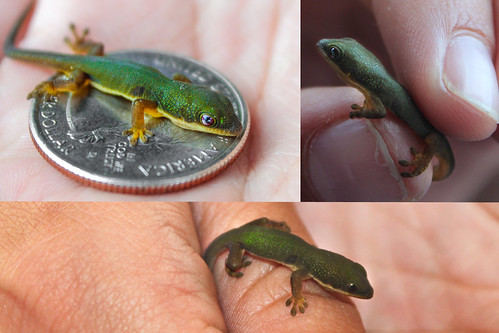
I love geckos. Especially this one, for several reasons. 1) Day geckos are the prettiest color. They’re such incredibly bright greens and blues. 2) It’s a baby! Who doesn’t love baby animals? 3) He scampers along walls as if gravity doesn’t exist, minding his own business. At least until I cruelly picked him off for a photo shoot. But no worries, no animals were hurt in the making of this article., This crazy crawler was returned to his home on the walls of my room, and is watching me from the ceiling as I write this.
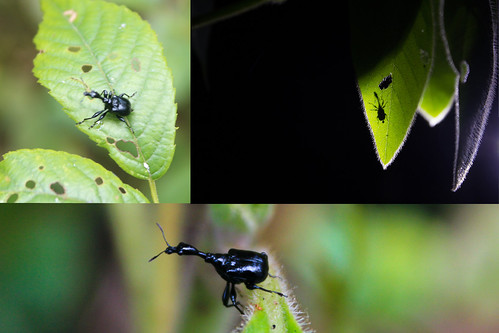
Weevils are considered one of the many marvels of Madagascar. These giraffe necked weevils are endemic, meaning that they only occur in Madagascar.
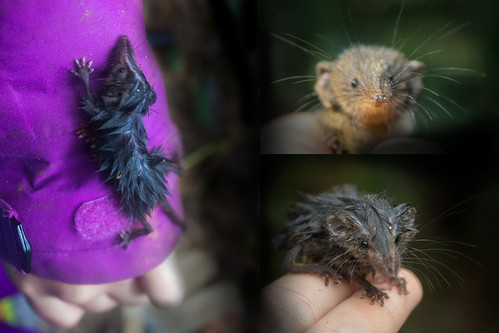
This obviously isn’t a rodent hater friendly page. Although, they look a bit like rodents, technically tenrecs aren’t rodents. Tenrecs are a great example of convergent evolution, meaning that unrelated lineages have developed the same traits over time. However, tenrecs are also very divers. There’s a spiny tenrec, called the hedgehog tenrec, and a water dwelling tenrec called the otter tenrec. They can look like shrews, opossums, or mice too. They fill almost every possible niche, as they’re aquatic, arboreal, terrestrial, and fossorial, and can be diurnal or nocturnal.
Anne Driscoll is a member of the Youth Travel Blogging Mentorship Program.
All photos courtesy and copyright Anne Driscoll
7 Coolest Forest Friends
